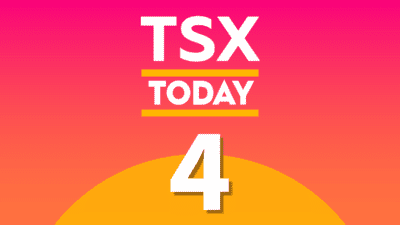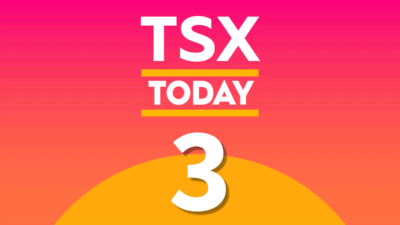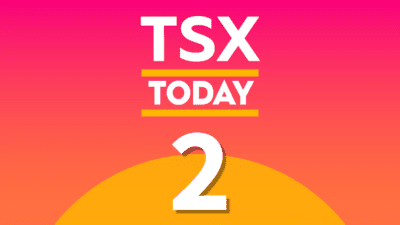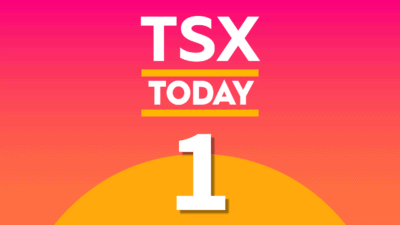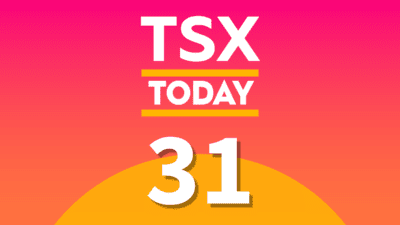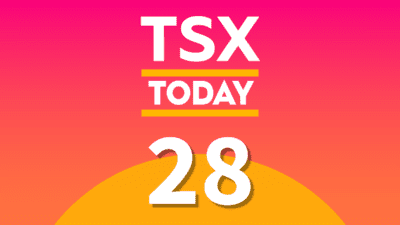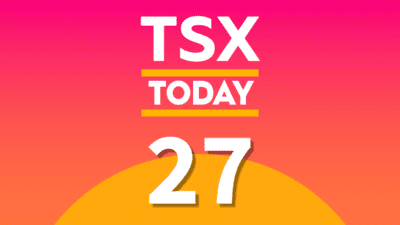The Bank of Canada delivered a second jumbo 50-basis-point (0.50%) interest rate cut on Wednesday last week. I emphasized second because, frankly, that’s historically been bad news. Don’t believe me?
Here’s what Julian Klymochko, a chartered financial analyst (CFA) and chief executive officer (CEO) of Accelerate, a Canadian alternative investment manager, had to say on LinkedIn:
“Historically, the Bank of Canada has only cut rates by 50bps in crisis periods, including the recessions of 2001, 2008, and 2020. After this morning’s jumbo interest rate reduction, the BoC has cut by 50bps twice in 2024, despite no economic crisis. That said, in Canada there is a political crisis, with plummeting GDP per capita, surging unemployment, and a decimated currency—all due to poor leadership. The central bank is firefighting the government.”
So, with 2024 nearly behind us, how should your investments be positioned for 2025? My usual answer is to stay the course with global diversification, but for those of you who really want to tinker, here are my ideas for adjusting your Canadian stock allocations for the year ahead.
Cash is now trash
Gone are the days of earning a cool 5% risk-free return from a high-interest savings account (HISA) or guaranteed investment certificate (GIC). Thanks to the Bank of Canada’s recent rate cut, the policy interest rate now sits at 3.25%.
Low-risk exchange-traded funds (ETFs) like Global X High Interest Savings ETF (TSX:CASH) will see their next distributions fall in lockstep with these lower rates. Sure, it’s still safe and earns more than you did pre-COVID, but in the long term, cash remains a losing game thanks to inflation eating away at your purchasing power.
Defensive stocks are my pick
Forget cash. There’s no reason why you can’t stay in stocks and still earn a competitive return with lower risk. One way to achieve this is through low-beta investing.
Beta measures how volatile a stock is relative to the overall market, which has a beta of one. Stocks with a beta below one are less volatile, making them ideal for more conservative investors. For example, a utility stock with a beta of 0.5 would typically rise less during market rallies but fall less during downturns.
My go-to fund for low-beta investing is BMO Low Volatility Canadian Equity ETF (TSX:ZLB). Its portfolio is a “who’s who” of defensive TSX stocks—think garbage companies, property and casualty insurers, regulated utilities, grocery stores, and dollar stores.

And it’s no slouch in performance. Over the past 10 years, ZLB has delivered a 9.77% annualized return, outperforming the S&P/TSX 60 index, all while offering lower volatility. It charges a 0.39% management expense ratio and pays a decent 2.29% yield as of December 12.


